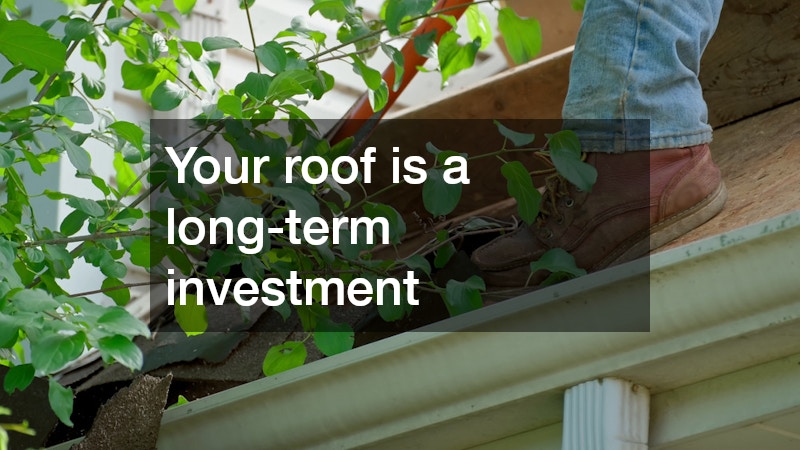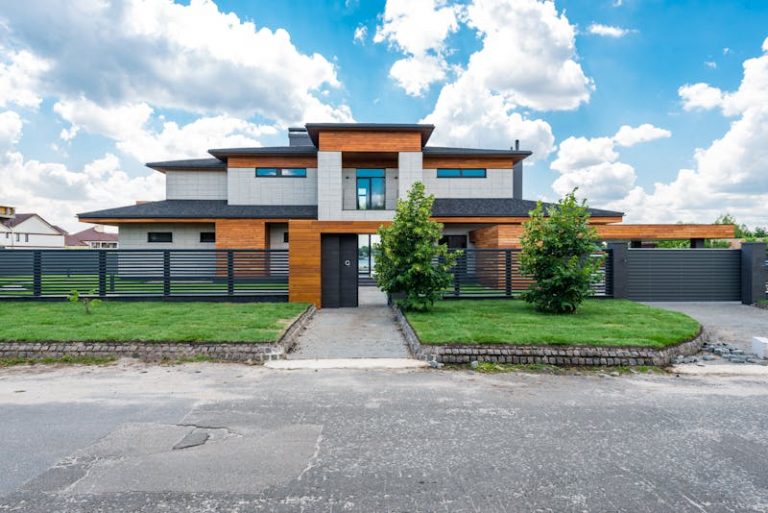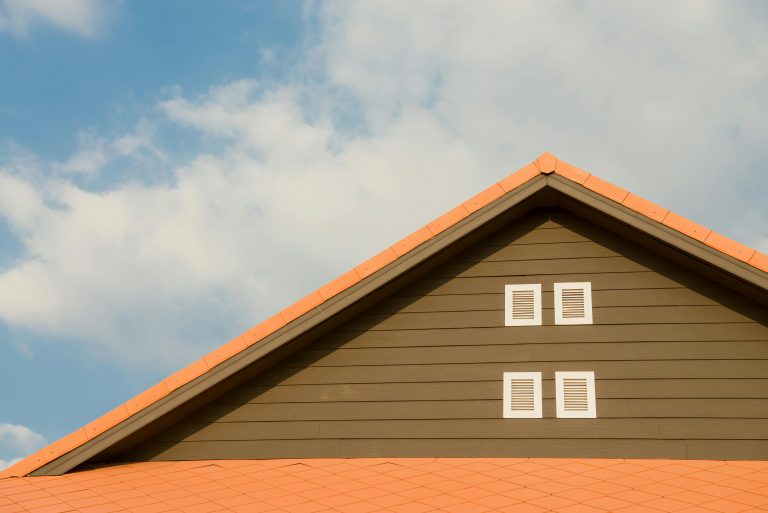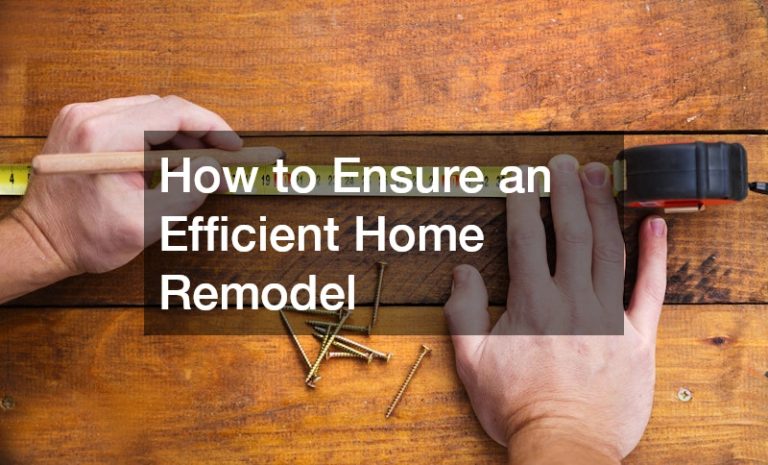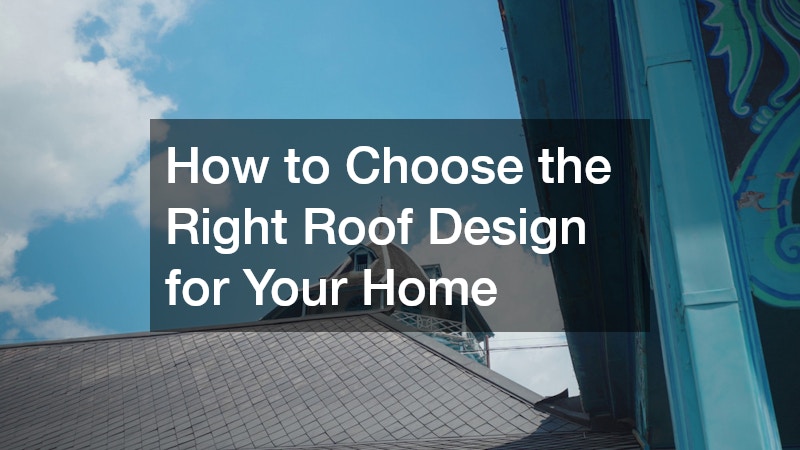

When it comes to home improvement, one of the most significant decisions homeowners face is selecting the right roof design. The roof is not just a protective cover; it’s a statement of style, functionality, and even energy efficiency. With countless roofing options available, making the right choice can feel overwhelming. This guide will help you navigate the key considerations so you can select a roof design that complements your home and suits your lifestyle.
Understanding Different Roof Designs
Before diving into the decision-making process, it’s essential to understand the common types of roof designs. Each style has unique characteristics that affect both appearance and performance:
-
Gable Roofs – Gable roofs are the classic triangular design most people envision when they think of a house. They offer excellent water runoff and are relatively simple to construct, making them a cost-effective option.
Gable roofs work well in regions with heavy rainfall or snow.
-
Hip Roofs – Unlike gable roofs, hip roofs slope on all four sides, providing extra stability in high-wind areas. Their aerodynamic shape can reduce the risk of roof damage during storms, making them ideal for hurricane-prone regions.
-
Mansard Roofs – Popular in French-inspired architecture, mansard roofs offer extra living space in the attic. This style is perfect for homeowners who want to maximize square footage without expanding the home’s footprint.
-
Flat Roofs – Flat roofs are a staple of modern design and work well in urban settings. They allow for rooftop gardens or patios but require careful waterproofing to prevent leaks.
-
Gambrel Roofs – Often seen in barns and colonial-style homes, gambrel roofs feature two slopes on each side. The steep lower slope provides additional attic space, making them functional and aesthetically distinctive.
Factors to Consider When Choosing a Roof
Selecting a roof design isn’t just about looks; several practical factors should guide your decision:
Climate and Weather
The weather in your area plays a crucial role in roof performance. For instance, gable roofs excel in snowy regions because their steep pitch allows snow to slide off easily. In contrast, flat roofs may be less ideal in areas with heavy rainfall unless designed with advanced drainage systems.
Material Compatibility
Your roofing material choice should complement your roof design. Asphalt shingles are versatile and work with most roof types, while metal roofing pairs well with gable or hip designs for durability and longevity. Clay or concrete tiles add a touch of Mediterranean elegance but may require reinforced support due to their weight.
Architectural Style
Your roof should harmonize with your home’s overall architecture. A modern home may look out of place with a traditional gambrel roof, while a Colonial-style home may benefit from a classic hip or gable roof. Maintaining architectural coherence not only enhances curb appeal but can also increase property value.
Budget
Roofing costs vary significantly depending on design and materials. Flat roofs are generally more affordable, but the need for specialized waterproofing can increase expenses. Mansard and tile roofs are often pricier due to complex construction and material costs. Consider both upfront costs and long-term maintenance when planning your budget.
Energy Efficiency
Some roof designs offer better insulation and ventilation options than others. For example, a well-ventilated hip roof can help regulate indoor temperatures, reducing heating and cooling costs. Additionally, certain materials, such as reflective shingles or metal roofing, can improve energy efficiency by minimizing heat absorption.
Personalization and Aesthetics
While functionality is vital, aesthetics should not be overlooked. Your roof is a dominant feature of your home’s exterior, influencing curb appeal and overall style. Consider colors, textures, and materials that complement your siding, windows, and landscaping. A carefully chosen roof design can transform your home’s appearance, making it stand out while increasing resale value.
Maintenance Considerations
Different roof designs require varying levels of maintenance. Flat roofs may need more frequent inspections for water pooling, while shingle roofs might require occasional replacement of damaged sections. Understanding the maintenance requirements of your chosen roof design ensures longevity and prevents costly repairs down the line.
Choosing the right roof design is a balancing act between style, functionality, and budget. By understanding the different types of roofs, considering your climate, architectural style, and material options, and consulting with professional roofing experts, you can make an informed decision that enhances both the beauty and performance of your home.
Remember, your roof is a long-term investment—one that protects your family, adds value to your property, and shapes your home’s character. Take the time to choose wisely, and your home will benefit for years to come.
